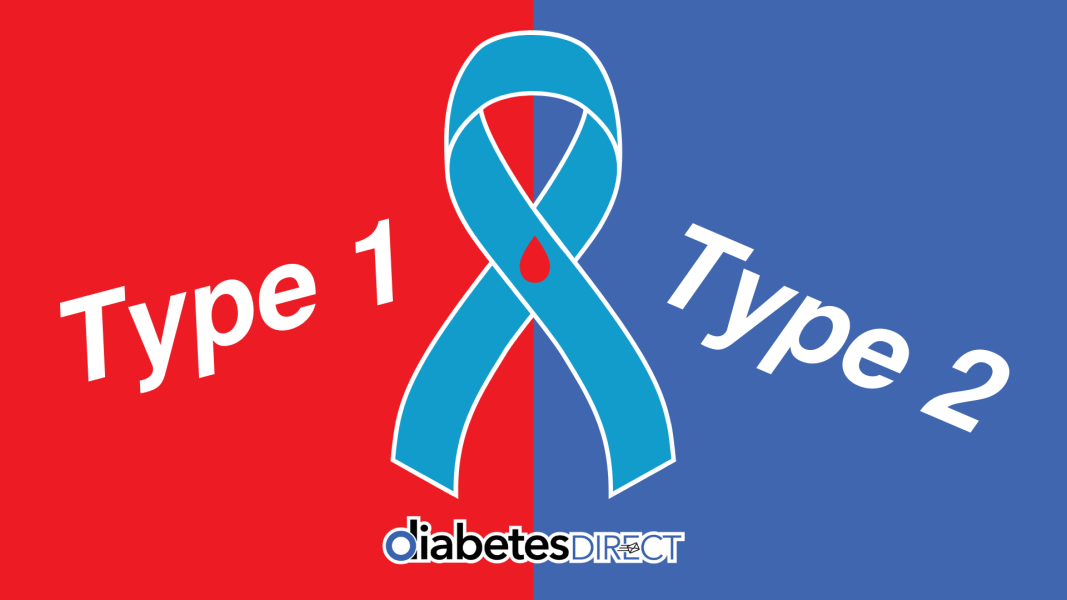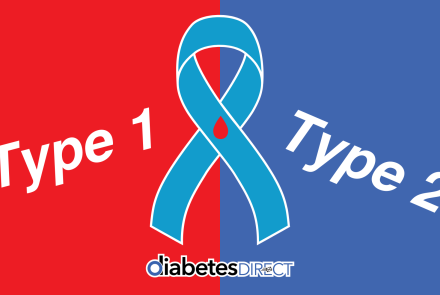What is the Difference Between Type 1 and Type 2 Diabetes?
When it comes to understanding diabetes, it's crucial to know that there are several different types. The two main forms of the disease are type 1 and type 2 diabetes. Both share the fundamental issue of high blood glucose levels, but their causes, symptoms, risk factors, and treatments differ substantially.
Type 1 Diabetes
Symptoms: Type 1 diabetes often begins in childhood or young adulthood, though it can occur at any age. Symptoms tend to come on rapidly and may include increased thirst and urination, extreme hunger, unintended weight loss, fatigue, and irritability. Some people may also experience blurred vision or frequent infections.
Risk Factors: Genetic predisposition plays a major role in type 1 diabetes. Other potential risk factors include viral infections that may trigger the immune system to mistakenly attack insulin-producing beta cells in the pancreas. Another risk factor is the presence of autoantibodies, which are often detectable before the onset of symptoms.
Treatment: Because the body produces little to no insulin in type 1 diabetes, people with this condition must take insulin for life. This can be administered through injections or an insulin pump. Regular blood sugar monitoring and a healthy lifestyle - including diet, exercise, and regular check-ups - are also essential.
Type 2 Diabetes
Symptoms: Type 2 diabetes symptoms often develop slowly and may be subtle, making them easy to overlook. They include increased thirst and frequent urination, increased hunger, weight loss, fatigue, blurred vision, slow-healing sores, and frequent infections. In some cases, people discover they have type 2 diabetes when complications arise, such as heart or kidney disease.
Risk Factors: Age, obesity, family history of diabetes, lack of physical activity, history of gestational diabetes, and certain ethnicities (including African-American, Hispanic, Native American, Asian-American, and Pacific Islander) are all risk factors for type 2 diabetes. Additionally, conditions like high blood pressure and abnormal cholesterol levels can increase the risk.
Treatment: Lifestyle changes, such as improved diet, increased physical activity, and weight loss, can have a significant effect on managing type 2 diabetes. Some people also need medication or insulin therapy. Regular check-ups are critical for early identification and treatment of complications.
Regardless of the type, managing diabetes is a lifelong commitment. Here at Diabetes Direct, we are dedicated to helping you navigate your journey with the latest information, tools, and products.
To provide even more support, we invite you to register for a free Diabetes Direct account here. By doing so, you'll be able to check your eligibility for freebies, samples, and discounts on diabetes equipment and everyday essentials.
Living with diabetes doesn't have to be daunting. Let Diabetes Direct assist you in making it manageable. Sign up today!
- Log in to post comments






